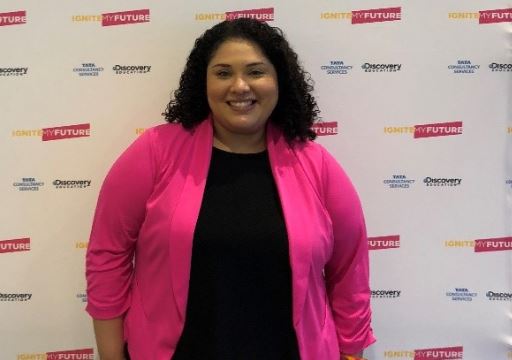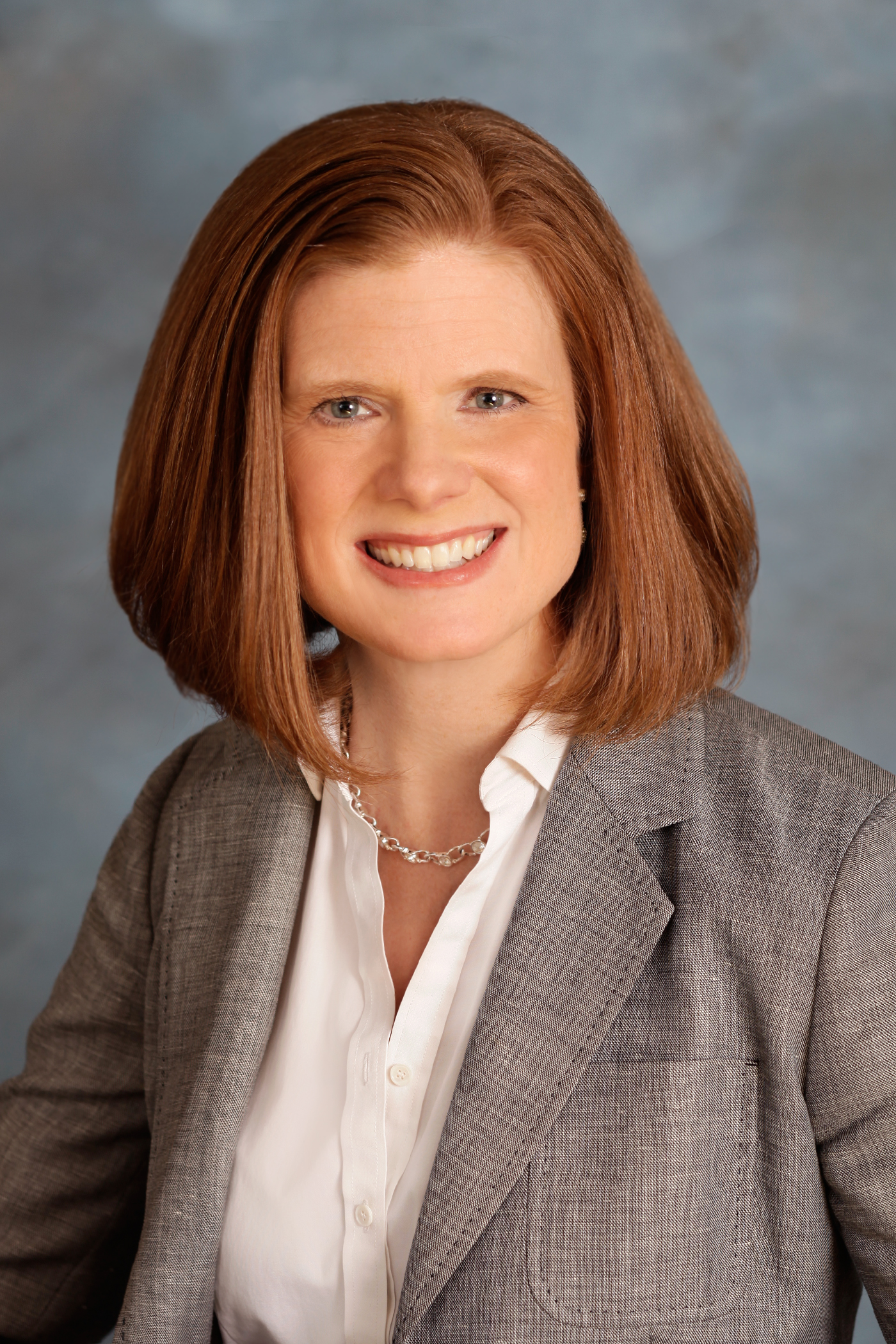 By Katherine Dean, head of Family Dynamics, Wells Fargo Private Bank
By Katherine Dean, head of Family Dynamics, Wells Fargo Private Bank
Have you ever worried about a child?
Wondering what’s on their mind and whether they are doing OK? And how things are going with school and socially for them? Any parent, as well as grandparents, aunts, and uncles, would most likely answer “yes,” especially as a child becomes a young adult.
My husband and I certainly don’t have this whole parenting thing figured out. What we have stressed with our 10-year-old son and almost-15-year-old daughter is the importance of two-way communication. And we’ve been intentional in saying repeatedly, “We love you. There’s nothing you can tell us that will ever change that.”
Giving Our Daughter a Safe Outlet for Her Feelings
During our daughter Grace’s eighth-grade year, we started to pick up on small things that made us wonder if she was gay. We knew it wasn’t our place to ask; we needed to wait until she was ready and comfortable to tell us that she was LGBTQ, and to see if that was even the case.
We had just decided to connect her with a therapist so she would have a confidential outlet to share her feelings and thoughts with a neutral third party. This point of connection was about navigating life as a teen, entering high school, and dealing with new social situations. As I remember from my own teen years, it’s a tough transition!
Grace’s Coming-Out Story
I’ll never forget the day. I was at work when I received a text message from my daughter asking if she could talk to us later. We hit a “parenting stroke of luck.” This was a moment of parent PRIDE here as this was a signal we were doing something right!
That evening, we pulled up with her privately in her room and asked what she wanted to talk about. She struggled to say anything and kept trying to get her words out, but they wouldn’t come. We could tell this wasn’t easy for her, but we continued to encourage her to share. She finally asked if she could write it down.
She proceeded to write on a scrap of paper: “I AM GAY.” Instantly, we could see her relief in sharing this news. We immediately got up and hugged her long and hard. We talked about how much we loved her and how thrilled we were that she decided to tell us, and we asked if she needed us to do anything to support her.
Right away, she shared her one request. She asked if our entire family could march in the 2019 San Francisco Pride Parade. Already involved in PFLAG (an organization for family, friends, and allies of LGBTQ people), I made a call to get our family added to the parade roster.
Celebrating Pride as a Family
Our family of four, plus our daughter’s best friend, met up with PFLAG in San Francisco for the big day. Grace wore a Pride flag proudly as a cape, and the rest of us adorned ourselves with Pride gear ranging from flags to beads to hats.
When we arrived, we were greeted by amazing floats, crowds galore, and a very positive vibe. It was inspiring to be surrounded by the strength and beauty of so many.
As the parade started, our daughter, unplanned, decided to carry the PFLAG banner in the front of our group, along with a few other girls around the same age. Our son donned a massive head-to-toe sign across the front of his body that read: “I am a brother.” Moving forward, the emotion overtook me as the crowds cheered and clapped, leaving me teary-eyed and so appreciative of the LGBTQ community’s acceptance of its newest member.
I left that day incredibly full of PRIDE. I was grateful that my daughter trusted us to share her true self and that, as a family, we were able to experience this amazing moment together. I thank all those who came before her for your hard work. The next generation is loud and proud and will continue to carry that work forward, alongside with their families and friends.
Sharing my own experience
Believe it or not, I attribute much of our parenting success to my job. At Wells Fargo, I am grateful to be a part of the Family Dynamics team. We focus on helping families flourish beyond their finances — we help them build communication and trust, prepare future generations, and create shared family purpose.
In my role, I often engage with families having communication challenges. I’m not sure these families realize it, but when I help them, they help me. I strongly believe that we all learn from one another and that everyone has important perspectives to share. I’m proud to be able to give back by sharing my own personal experiences.
To My Daughter and to the LGBTQ Community:
I am a mother. I am a friend. I am your ally. I will always be there for you. You are loved.

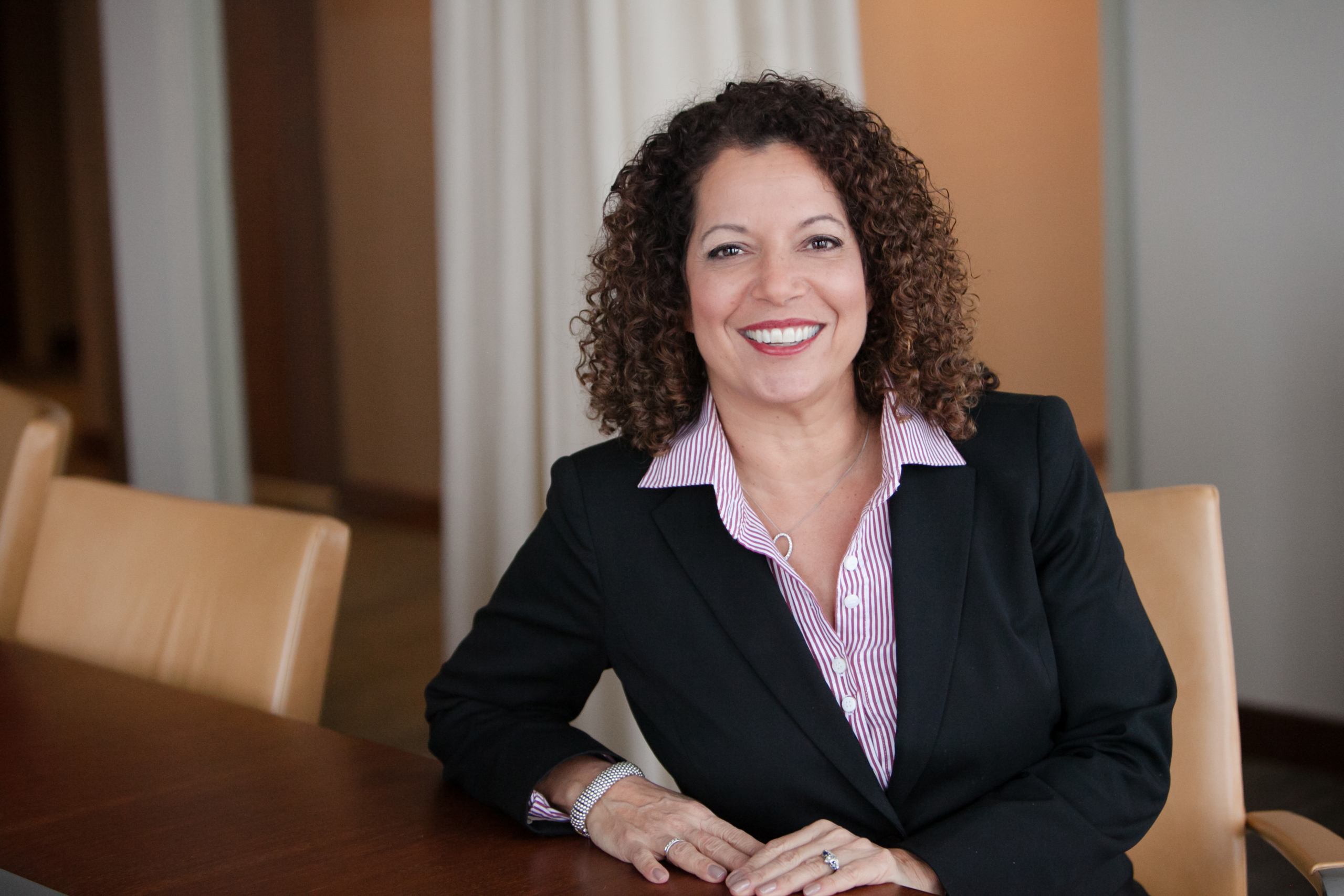
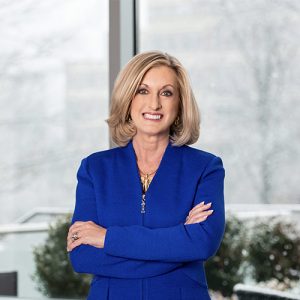

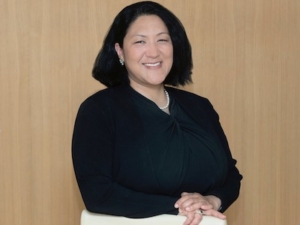



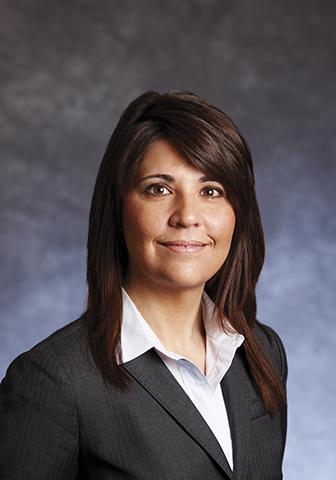 By Ann Miletti, co-lead portfolio manager of the Wells Fargo Asset Management Private Market Value (PMV) Equity team
By Ann Miletti, co-lead portfolio manager of the Wells Fargo Asset Management Private Market Value (PMV) Equity team